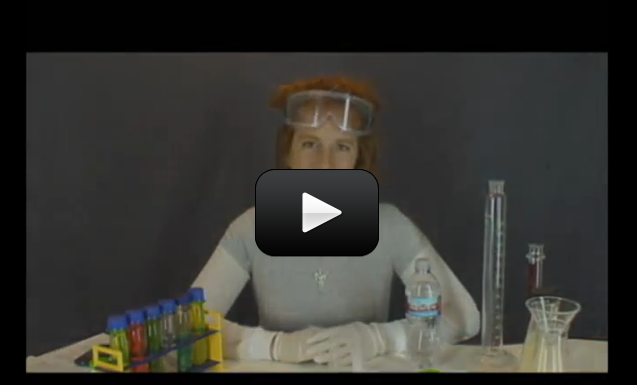Chemical Data & Safe Handling Information Sheet
What do I really need to know first? First of all, the chemicals in this set should be stored out of reach of pets and children. Grab the chemicals right now and stuff them in a safe place where accidents can’t happen. Do this NOW!
If you haven’t already done so, make sure to watch the introductory video for the Intermediate Chemistry and Advanced Chemistry lessons. They contain important information about the chemicals and lab equipment you’ll be using. When you’re done storing your chemicals out of reach, watch this video:
Please login or register to read the rest of this content.


We’ve been having trouble with our new membership platform behaving right and giving access to the right content to the right users. I’ll send you an email with updated info soon. So sorry for the trouble!
–> This section contains advanced content.
Unfortunately it looks like you don`t currently have access to it
why? why ? why?
Safety first!
If it was saline, you could be getting some chlorine compounds. I do hope you’re doing this in the garage and not in the house! 🙂
Hi Aurora,
I did the experiment 88 (electrolysis of water) from the C1000. I have also tried this experiment with a saline solution. Straightaway I could see yellow bubbles forming on the spoon where I connected the positive wire. So the whole solution was becoming yellow.
Why did that happen?
Thanks!
Dominic
No – Unit 3 is basic household stuff, Unit 8 uses a small chemistry kit, and Unit 15 uses the C1000 (which is included in the C3000) and the C3000. The C2000 is included in the C3000 also.
Will the Chem C2000 work for all the experiments or not?
If oxidation of the oxide ion to O2 is occurring at the anode then reduction of the H+ (hydrogen ion) is occurring at the cathode to form H2 gas, as well as reduction of Cu+2 to Cu metal. Does that help?
We did the making copper experiment and noticed that while the copper did accumulate on the carbon rod (we had to used several pencil leads), there were more gas bubbles coming from the carbon rod than from the aluminum side. We checked the set up and the pos/neg battery connections and all was right. What could case this?
Thank so much!
Minerva